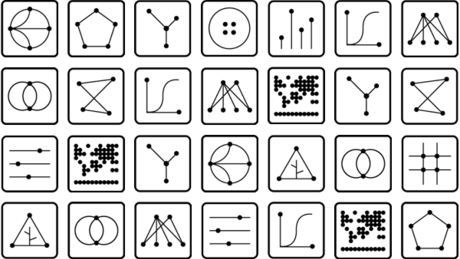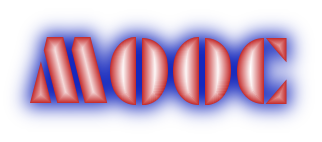A Digital Ivy League?

Harvard Square: Harvard University, Johnston Gate by Wally Gobetz on Flickr
Last fall, Anuar Lequerica, who has been writing about MOOC trends, wrote about "Harvard and the Rise of a Digital Ivy League" on class-central.com. It was apparent in 2011/2012 when the MOOC exploded into a much wider view that many of the "elite" universities were going to be the boldest experimenters. That's still true.
The "digital Ivy League" includes schools such as MIT, University of Pennsylvania and University of Michigan. Not sticking to the traditional American Ivy League list, you can include Delft University of Technology and some Australian universities.
And then there is Harvard. The Harvard name still carries a lot of weight and they have been very active in MOOCs. They have 80+ MOOCs taught by more than 120 faculty, with over 4.5 million enrollments from over 1.5 million unique course participants in 193 countries.
Harvard was a co-founder the MOOC platform edX.
I found it very interesting that about a third of HarvardX MOOC learners self-identify as teachers. Teacher-as-student has been a trend since those early MOOC days. My first looks into MOOCs was to see what other professors teaching courses similar to my own were doing online. Harvard has recognized that audience and has been developing tools to help teachers incorporate and effectively use MOOC content in their classrooms.
Harvard is also experimenting with offering their MOOCs along with support in community centers.
There are still many people, including myself, taking free or paid MOOCs as students in order to learn something new either to further our professional skills or just for personal interest in growth. This past month I have taken a course on building digital dashboards on the professional side, and a course on Scandinavian cinema for the personal side.
The MOOC has matured.
 d on Coursera
d on Coursera A member of my
A member of my 